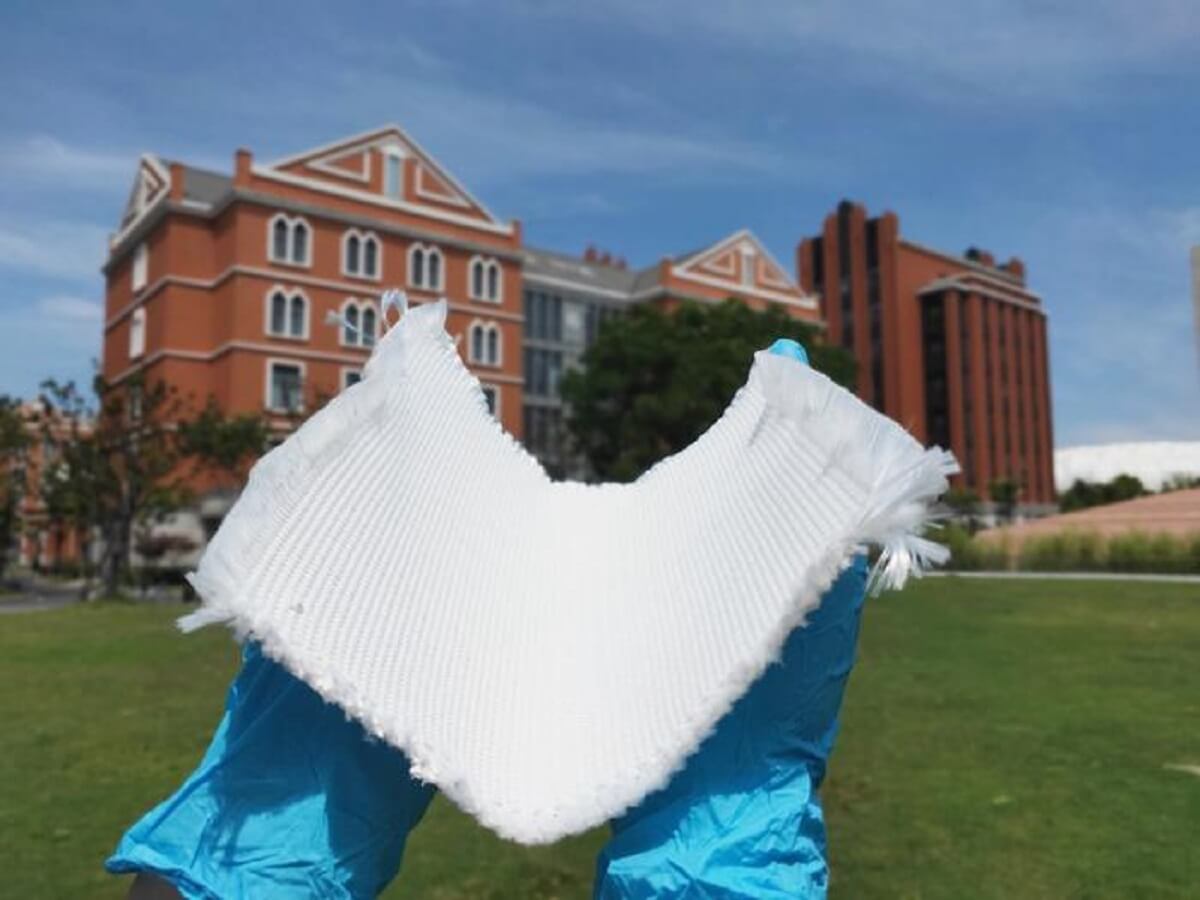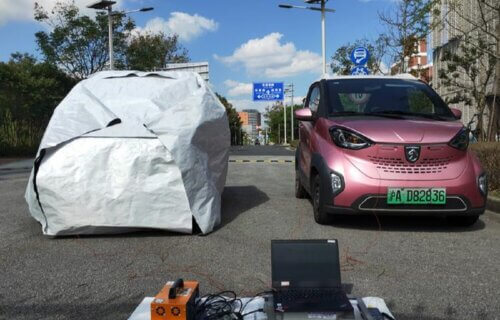SHANGHAI — A cutting-edge “thermal cloak” has been designed to extend the battery life of electric cars, all without consuming additional energy.
Scientists assert that the Janus thermal cloak, which operates across all seasons, can drastically decrease the temperature of an electric vehicle on a hot day, and increase it by 44° overnight. Comprised predominantly of silica and aluminum, this innovative cloak performs its temperature-regulating function autonomously, requiring neither external energy nor weather-specific adaptations.
The research team describes the cloak as “clothes for vehicles.” They suggest it could enhance electric car battery longevity by mitigating harmful temperature variations.
The prototype dampens natural temperature fluctuations by insulating the vehicle, or any other object, from its immediate environment. The cloak features two primary components: an outer layer that effectively reflects sunlight and an inner layer that traps and stores heat.
Heat collected by the outer layer of the cloak is also expelled in a manner that allows it to dissipate into the external environment.

Named after the two-faced Roman deity, Janus, the cloak’s two-directional design is a significant feature. Its outer shell is composed of thin silica fibers coated with hexagonal boron nitride flakes, a ceramic substance akin to graphite, which enhances solar reflectivity. These fibers are intertwined into a fabric and bonded to the inner aluminum alloy layer.
Researchers from Shanghai Jiao Tong University tested the cloak’s efficacy on electric vehicles under typical ambient conditions in Shanghai, on China’s central coast.
Without the cloak, the internal temperature of a car peaked at about 123°F at noon, while the temperature inside the car equipped with the cloak reached only 73°F. Conversely, at midnight, the temperature inside the cloaked car remained significantly warmer than the external temperature and never fell below freezing.
“The thermal cloak is like clothes for vehicles, buildings, spacecrafts, or even extraterrestrial habitats to keep cool in summer and warm in winter,” explains Dr. Kehang Cui, a materials scientist at Shanghai Jiao Tong University and the study’s senior author, in a media release. He acknowledged the challenge in developing a system that can automatically switch on and off without external energy.
To combat this issue during winter, Dr. Cui’s team employed an effect called “photon recycling.” Essentially, any trapped energy under the cloak will oscillate between the vehicle and the cloak instead of dissipating into the surrounding environment.
“This is the first time that we could achieve warming above the ambient temperature by almost 7°C during winter nights,” says Dr. Cui. “This is also kind of surprising to us—there’s no energy input or sunshine and we can still get warming.
The team purposefully designed the cloak with future scalability in mind. While thinner silica fibers would have improved solar reflectivity, they would also be more fragile and incompatible with existing high-volume industrial production methods. The chosen materials, including aluminum, silica, and boron nitride, are all cost-effective, contributing to a cloak that is lightweight, durable, and fire-resistant. Electric vehicle owners will certainly be hopeful the groundbreaking cover hits shelves in the near future.
The study is published in the journal Device.
South West News Service writer James Gamble contributed to this report.
